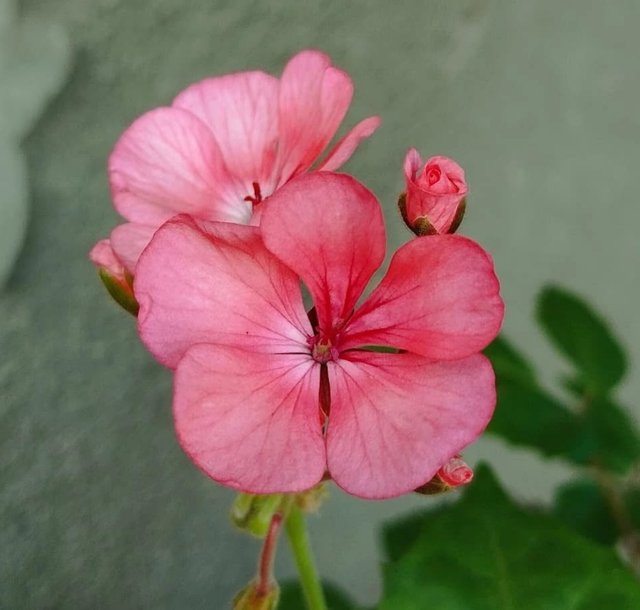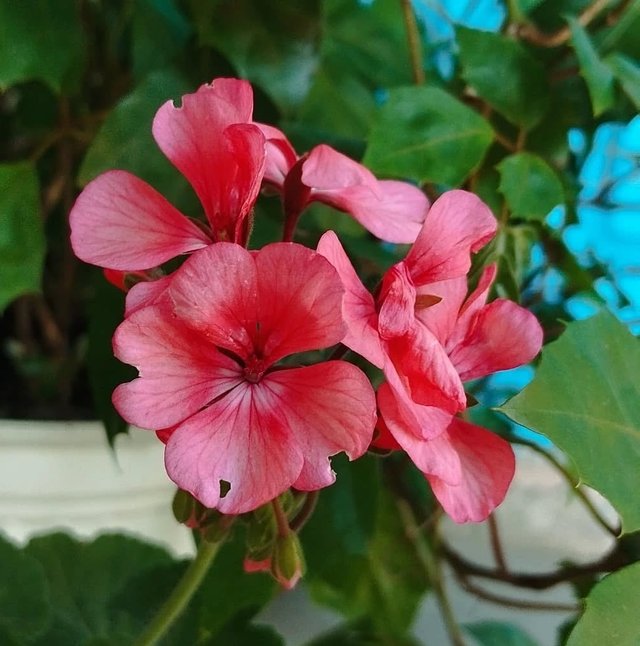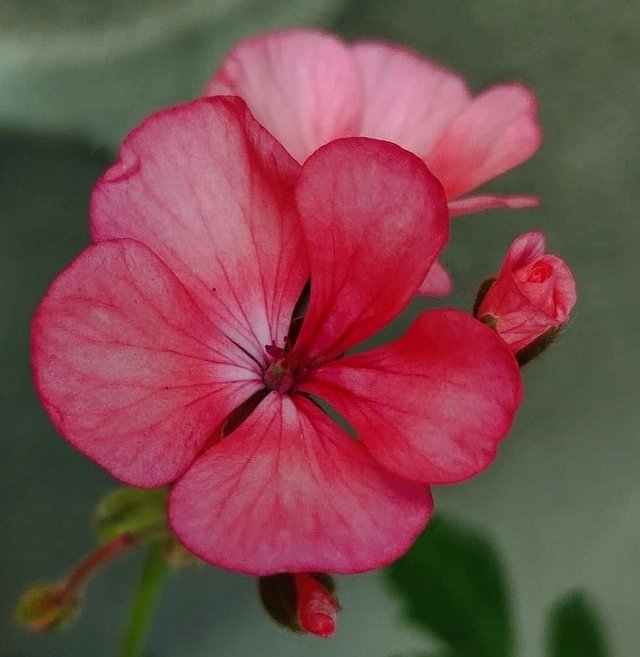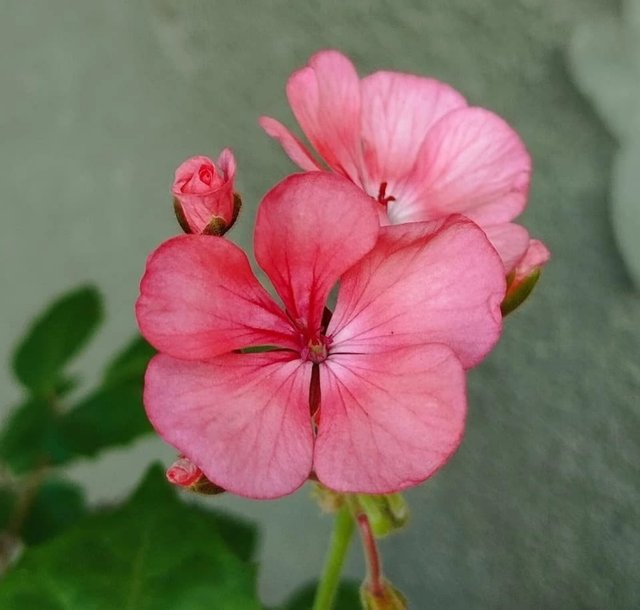Beautiful Garden Geranium Flower
The Garden Geranium, often simply called geranium, is one of the most beloved flowering plants cultivated in home gardens, balconies, and public landscapes worldwide. Known for its vibrant blooms, ease of care, and versatility, this plant has become a favorite among both seasoned gardeners and beginners. Although commonly referred to as “geranium,” it actually belongs to the Pelargonium genus, which originates mainly from South Africa. True geraniums belong to the Geranium genus, but the name has long been interchanged in horticulture, making Pelargonium species widely accepted as “geraniums” in the gardening community.
Appearance and Characteristics
Garden geraniums are herbaceous perennials often grown as annuals in cooler regions. They typically feature lush, rounded, and slightly serrated leaves that are aromatic when touched. Many varieties showcase unique markings such as darker zones or rings across the leaf surface, adding ornamental value even when the plant isn’t in bloom.
The flowers are the true highlight of the plant. They bloom in clusters on sturdy stems and come in a dazzling array of colors—red, pink, white, purple, salmon, and even bi-colored patterns. Their bright and cheerful flowers create a bold splash of color in gardens, making them an ideal choice for borders, containers, or window boxes.
Growing Conditions
Garden geraniums are appreciated for being low-maintenance and adaptable. They thrive in full sun to partial shade, although more sunlight generally means better flowering. The soil should be well-drained and moderately fertile; overly rich soil may result in lush foliage at the expense of flowers. Geraniums prefer moderate watering—too much water can cause root rot, while too little can lead to wilting. Allowing the soil to dry slightly between waterings is ideal.
Deadheading spent blooms encourages continuous flowering, while occasional pinching back of stems helps maintain a bushy and compact shape. Gardeners in colder climates often grow them as annuals, but they can also be overwintered indoors or propagated from cuttings to keep them alive year after year.




